How François-Henry Bennahmias, Audemars Piguet’s CEO, made fans of Serena Williams, Shaquille O’Neal and Jay-Z by getting into hip-hop and making it all about the Royal Oak model – interview

The Paris-born former pro golfer, who joined the company in 1994 and rose to the post of CEO in 2012, will step down from his current position at the end of this year. But even as he plans his next move, he’s lost none of the enthusiasm and joie de vivre that have made him one of the most influential – and recognisable – CEOs in the often staid world of luxury watchmaking.

Fast-talking, unguarded and laid-back, French-born Bennahmias eschews the suit often preferred by luxury CEOs, opting instead for casual but perfectly put-together get-ups such as bomber jackets paired with jeans and trainers. A conversation with him is peppered with jokes and mini pranks that disarm those around him.
Inside Christie’s Hong Kong’s record-breaking watch auction coming in May
One of the very few independent watchmakers of global renown left in Switzerland, Audemars Piguet was a bit of a sleeping beauty until Bennahmias gave it a much-needed refresh by adopting strategies that have now become commonplace in the industry.
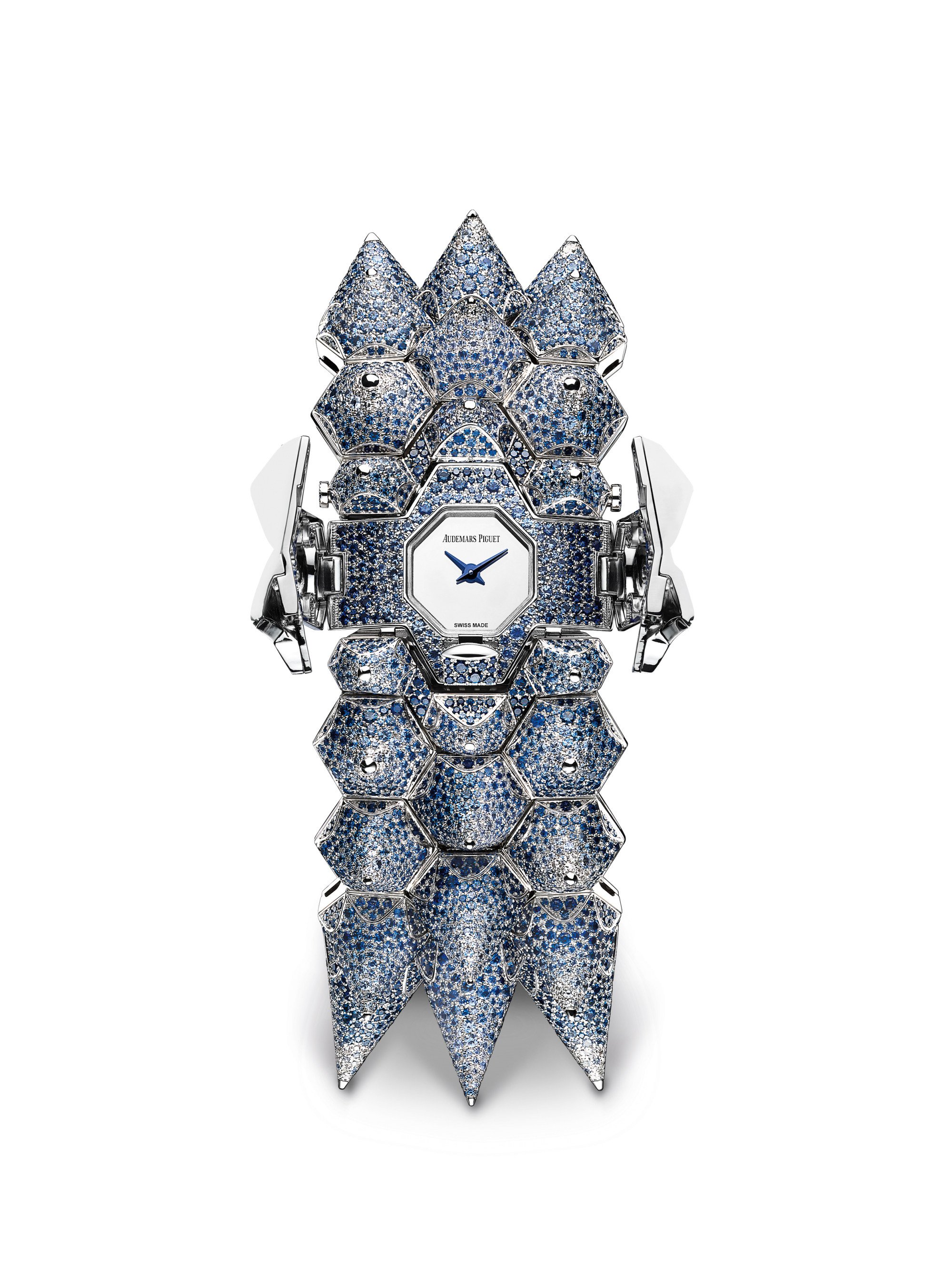
Ten or 15 years ago [the watch industry] was still a very secretive world
“Ten or 15 years ago [the watch industry] was still a very secretive world,” he says. “When I moved to the US in 1999, if you had stopped someone on the street on [wealthy] Madison Avenue and asked how much was an expensive watch for them, they would have said US$5,000, but now they would say US$100,000. A lot of education has been done in terms of what a watch could represent – whether it’s emotions or the pop culture aspect, the fun, the arts or sport.”
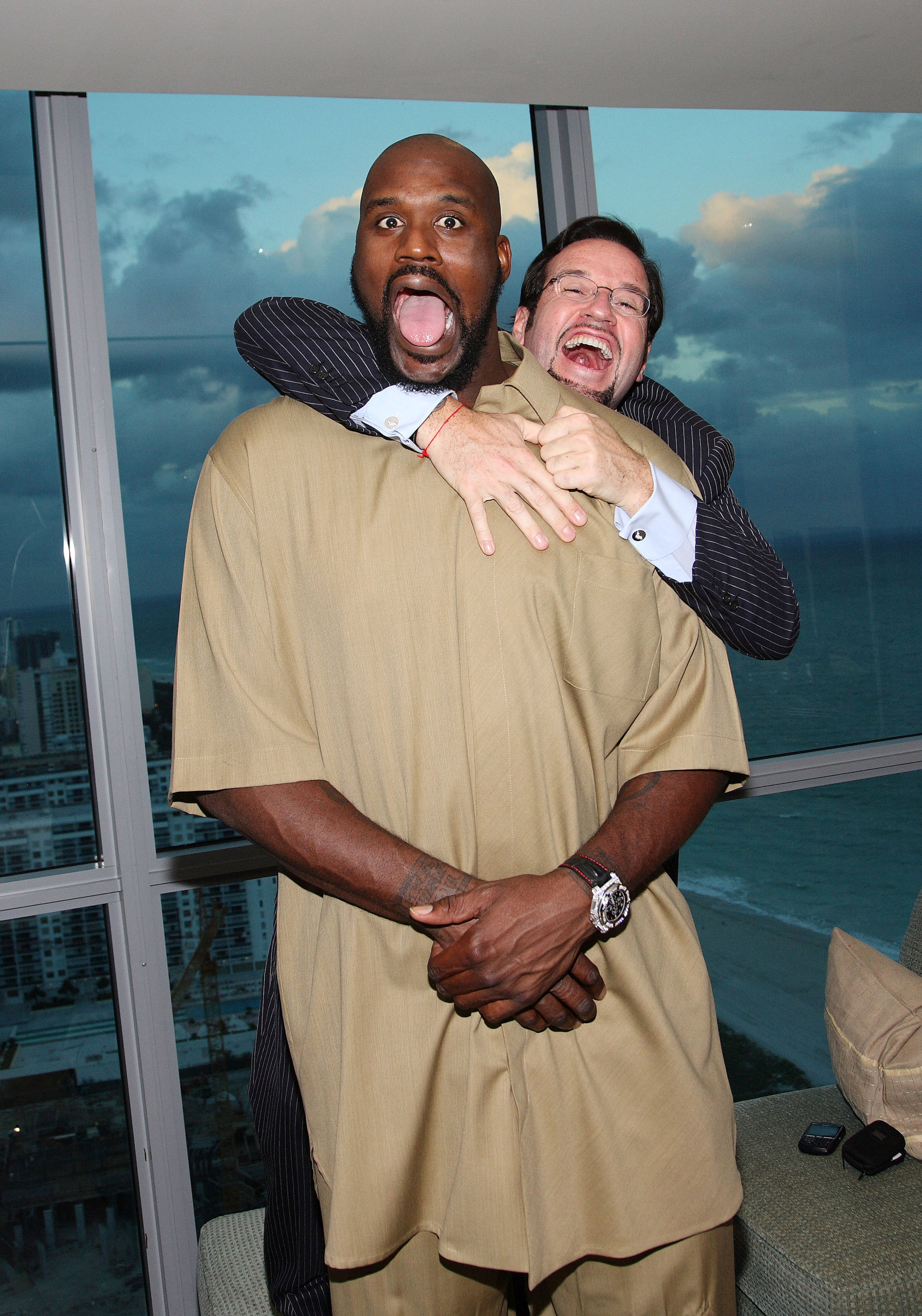
He adds that younger consumers, who were supposed to only wear smartwatches, actually love watchmaking even more than their parents. “When I was 10 or 12, the only way to learn for me was through my parents or school, but now kids are a lot more educated and open to the world and are teaching their parents. There’s interaction between the generations and it’s actually fun to see young people bringing their parents into watchmaking. This is what I love about this generation,” he says.
5 of the best watches at the Met Gala 2023, from Simu Liu to Michelle Yeoh

Technology and innovation are at the heart of Audemars Piguet, which is behind some of the most complicated watches in the world, but design is what makes the brand stand apart, thanks in no small part to Bennahmias’ obsession with aesthetics.
“I’ve always loved beautiful things since I was a kid,” he says. “Now I love buying high heels for my wife. I even buy fashion for her without her being with me. I am like her personal shopper. I’m looking at every single detail and I’m very picky when I notice if something is off. I don’t know where it comes from. No matter where I go, I see everything.
I’ve always loved beautiful things since I was a kid. Now I love buying high heels for my wife
“When I work on Audemars Piguet products, I feed people ideas in a very broad way. Suddenly I see it and sometimes I see things that are not right for us. I always tell my team to be curious and meet with every supplier because you don’t know where the next idea could come from,” he continues.
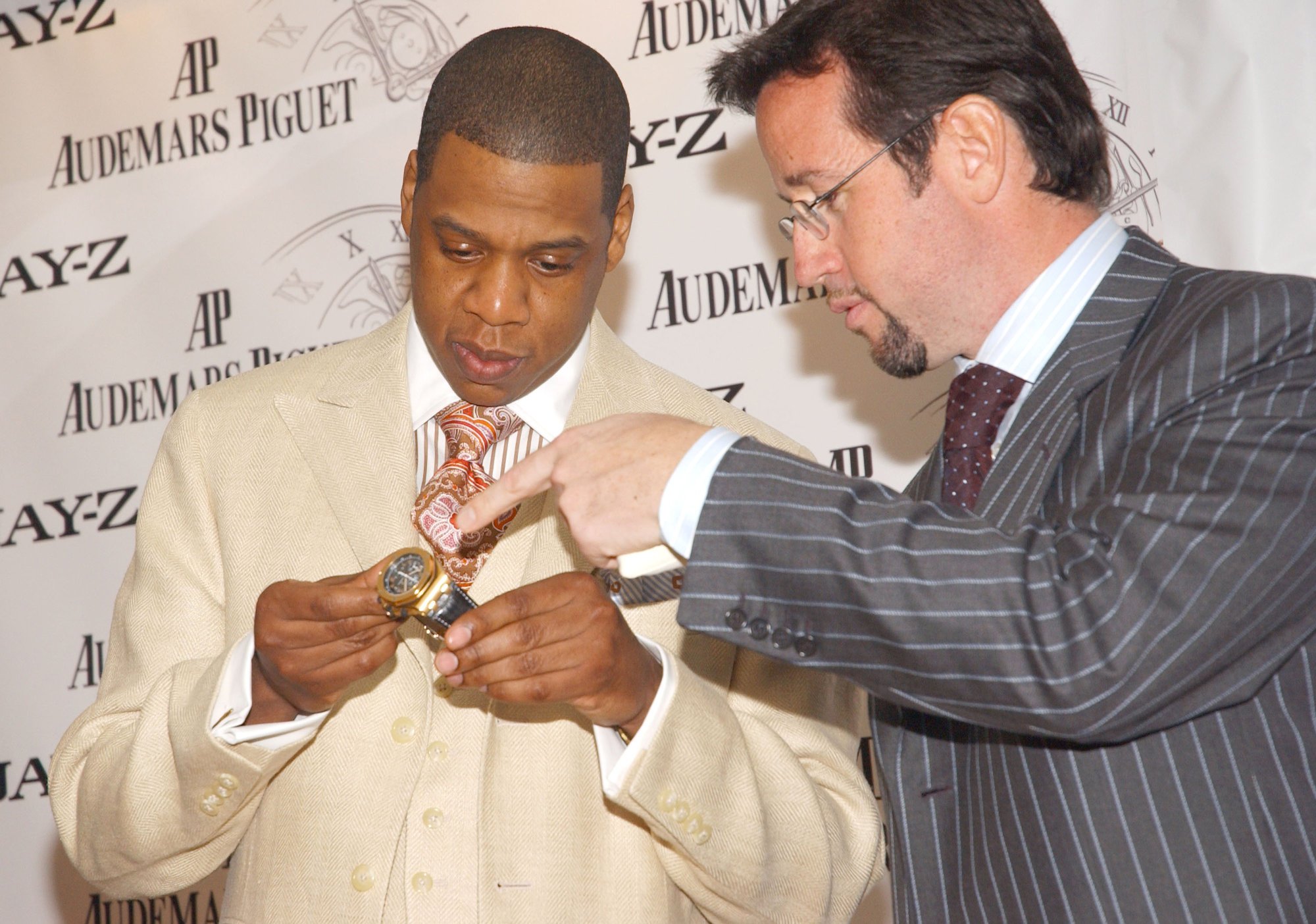
Bennahmias believes that while product reigns supreme, ultimately human touch is the cornerstone of every luxury company, something that as a “natural salesman” he has always instilled into his teams.
“The biggest mistake the luxury world has made for 20 years is to focus more on the outside shell, like boutiques for instance, rather than on the client relationship,” he says. “We spent money to get the best addresses in the world and build the biggest stores, but when you spend millions of dollars on a store where the client is not welcomed properly, it all goes to waste. The real value in luxury is the human connection; if we connect as human beings, no matter the surroundings, the connection is the most important thing.”
7 of Lionel Messi’s most expensive watches, ranked
To make that connection even stronger, Bennahmias has radically changed the retail footprint of Audemars Piguet, closing storefronts on high-end streets and replacing them with so-called AP Houses: private spaces open by appointment where clients can enjoy a drink or even a meal while discovering new pieces. Audemars Piguet is not a brand that relies on foot traffic so offering an intimate experience in an upper-floor space makes sense for the brand, says Bennahmias, who envisions that within the next five years half of the maison’s points of sale will be AP Houses.

“On the secondary market, the goal is not to be the first but to do it right,” says Bennahmias. “We took our time to make sure not to make certain mistakes so AP will officially enter the world of pre-owned watches in 2024. You learn as much from the pre-owned business as from the first-hand business. In a dream world scenario, you want your clients to love new Audemars Piguet watches, pre-owned AP watches and even AP watches [that are] auctioned off.”
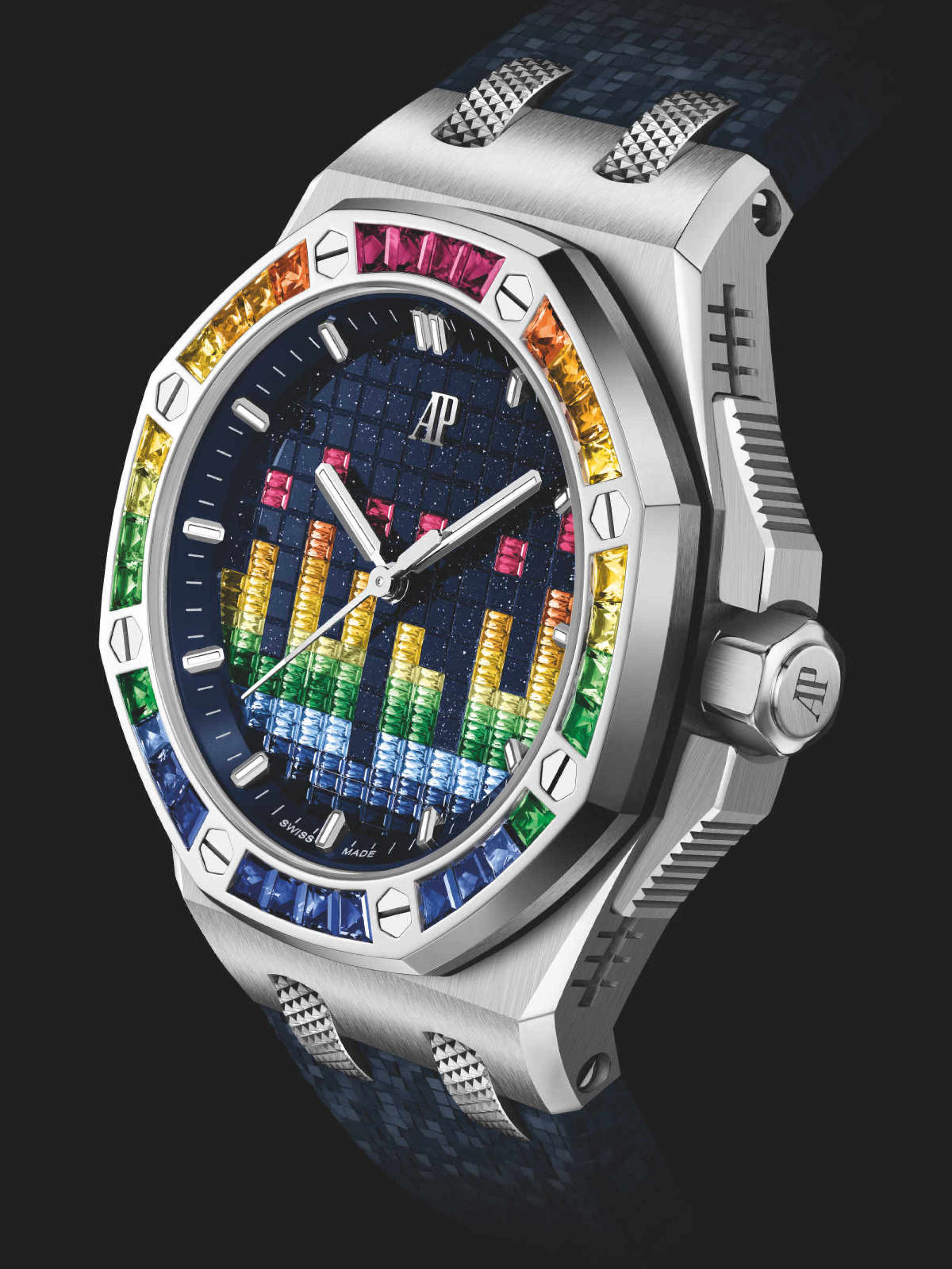
Another initiative that made headlines when announced earlier this year is the maison’s theft guarantee programme, which offers to replace, refund or repair any stolen or damaged watch bought in 2022 or 2023 for two years.
5 biggest watch moments in February, from celebrity bling to new releases
“For the last five years we’ve seen a rise in thefts, especially in Europe and the US, and many clients were telling us that they were scared,” says Bennahmias. “We’re not going to solve everything at once, but now when you buy a watch from us, if it’s lost or damaged beyond the usual wear and tear, or stolen, we’re going to repair it or replace it with a new one or refund it. People thought it was an April’s Fool joke – no brand has ever done this before. We’re testing this service for a couple of years to see how many people will register, what issues need to be resolved as well as collect data and then we may have to readjust it, but if it works, we will extend it going forward.”
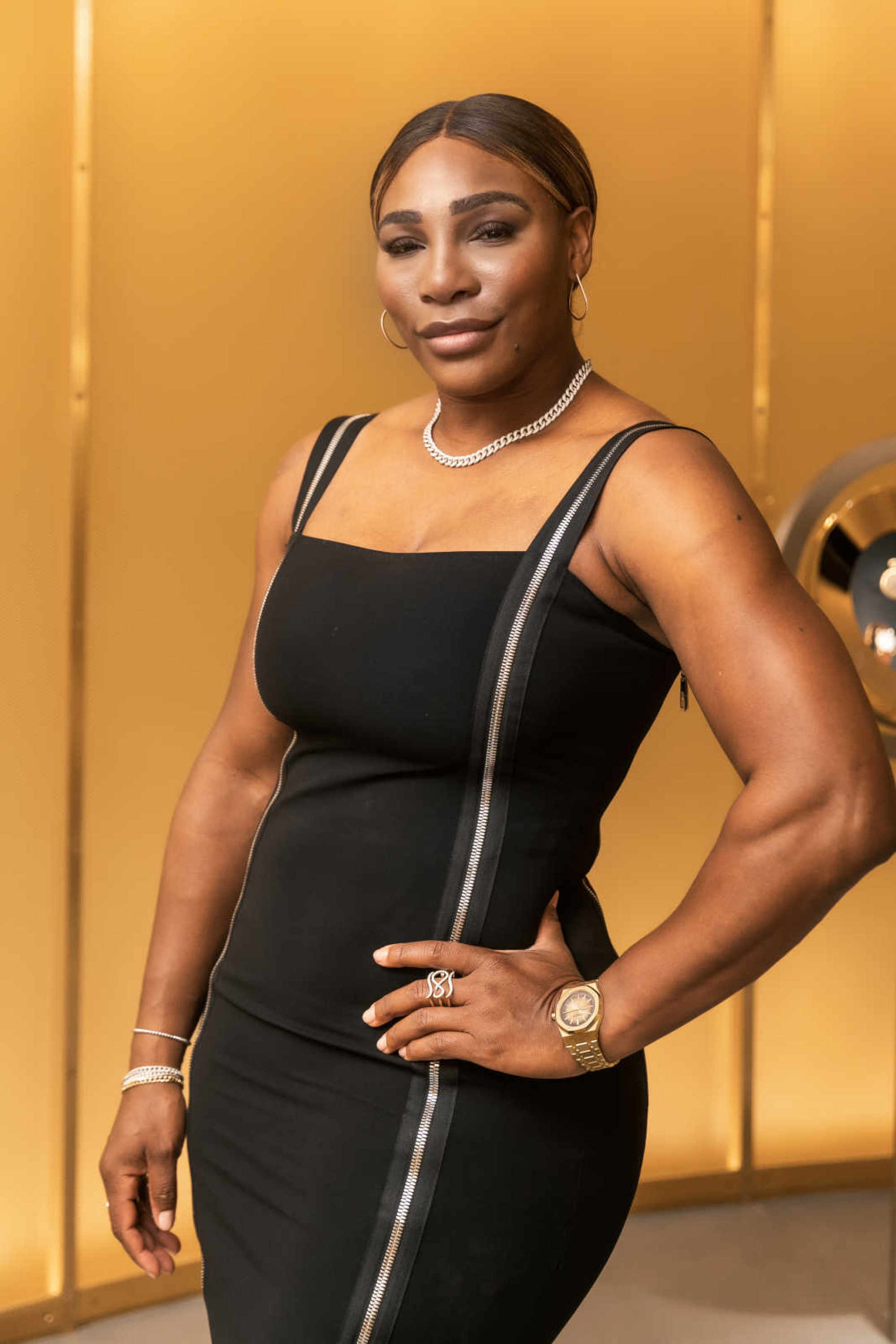
Bennahmias, who plans to take the first six months of 2024 off before embarking on his next adventure, knows that his impact on Audemars Piguet, and the watchmaking world, will be felt for years to come. He’s going to leave the company “in the greatest shape it’s ever been” and believes that it will keep thriving.
He only has one piece of very simple advice for his successor: “Spend time with the people who do and not with those who just talk.”

- Fun-loving and casual dressing, the Frenchman is leaving Audemars Piguet, the Swiss luxury watchmaker founded in Le Brassus in 1875, at the end of the year
- He started working with rappers and NBA players, introducing them to the Royal Oak, an octagonal-shaped timepiece designed in 1972 by Gerald Genta